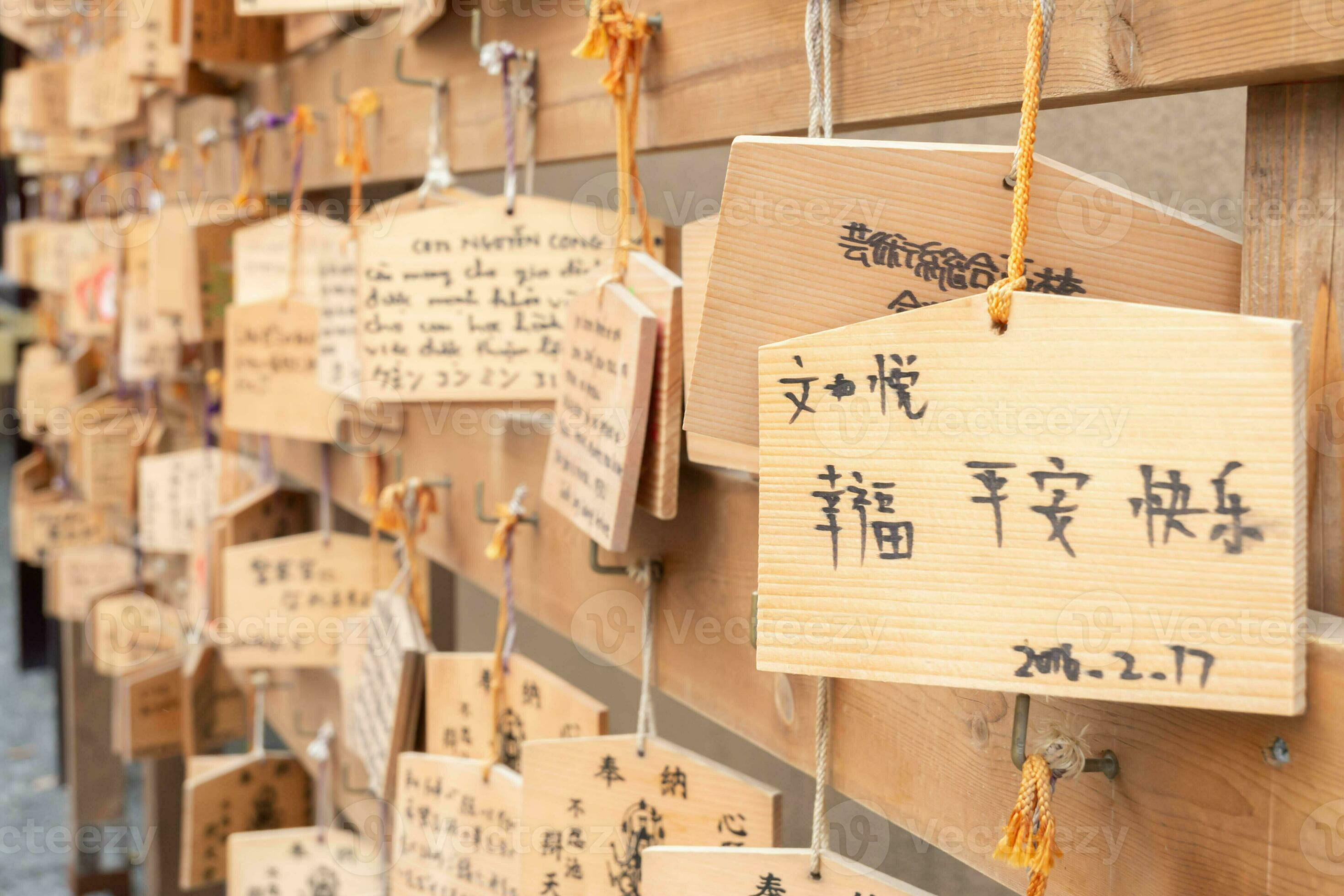Situated in the heart of Japan, Kyoto is a city rich in history and tradition, known for its breathtaking temples, scenic gardens, and vibrant culture. Among its most captivating aspects are the various festivals that take place throughout the year, each presenting a unique glimpse into the rich tapestry of Kyoto's heritage. These celebrations not only showcase the artistry and craftsmanship of the local community but also highlight the deep spiritual connections that resonate through the city’s culture.
Kyoto festivals are a remarkable blend of ancient customs and contemporary expressions, drawing both locals and visitors into a realm of hues, music, and ritual. From the grand procession of the Gion Matsuri to the tranquil beauty of the Hanatoro light festival, each event mirrors the nature of Kyoto's traditions and the enduring spirit of its people. Exploring these festivals provides an rewarding cultural journey, inviting visitors to feel the enchanting atmosphere that fills this historic city.
History of Kyoto Celebrations
Kyōto, known as the epicenter of culture of Japan, has a rich heritage of celebrations that can be traced back to ancient times. Such celebrations are deeply entrenched in the city’s religious and agricultural practices, reflecting the traditional beliefs of its inhabitants. Many of these festivals initially began as rituals to worship the deities, ask for blessings for the harvest, or mark important seasonal changes. As Kyoto grew into the imperial capital, these festivals became a showcase of the city's richness and culture.
Throughout the centuries, Kyoto celebrations have shaped the local community's identity and encouraged a sense of togetherness among its inhabitants. The most prominent of these, the Gion Matsuri, originated in the 9th century as a purification ritual and has since evolved into a month-long celebration packed with stunning parades, intricate floats, and traditional performances. Other festivals, such as the Jidai Matsuri and Aoi Matsuri, each share accounts of Kyoto's history and feature unique aspects of its cultural heritage.
The maintenance of these celebrations is significant for maintaining Kyoto's traditions amid modernization. Celebrants wear traditional costumes, and local artisans create exquisite floats and decorations, ensuring that these customs are handed down through generations. As a outcome, Kyoto celebrations not only give a peek into the past but also serve as a vivid reminder of the city's collective spirit, allowing both locals and visitors to witness the enchantment of Kyoto's vibrant cultural landscape.
Highlights of Major Festivals
One of the most famous Kyoto Festivals is the Gion Matsuri, which takes place each July. This festival is notable for its spectacular parades featuring lavishly decorated floats called yomatsuri. Each float is a work of art, showcasing traditional craftsmanship and artistry. The festival not only celebrates the local culture but also serves as a tribute to Kyoto's profound historical heritage. Visitors from various places flock to witness the grandeur of the procession and the accompanying street festivities that fill the atmosphere with happiness and exhilaration.
Another noteworthy event is the Jidai Matsuri, held annually on October 22. This festival offers a distinct glimpse into Kyoto's history as participants don elaborate costumes representing various eras of the city’s past. The parade travels from the Imperial Palace to the Heian Shrine, showcasing the evolution of Kyoto's culture through its attire. The event is filled with a sense of nostalgia, allowing spectators to appreciate the traditions and values that have shaped the city's identity over ages.
The Aoi Matsuri, taking place on May 15, features a royal procession that follows a route from the Kyoto Imperial Palace to the Shimogamo and Kamigamo Shrines. Festivation is known for its refined elegance, with participants dressed in authentic court attire from the Heian period. The significance of Aoi Matsuri lies not just in its historical roots but also in its connection to the harvest cycle, as it seeks blessings for plentiful harvests. The serene atmosphere and beautiful rituals connected to this festival truly capture the essence of Kyoto's cultural significance.
Cultural Significance and Traditions
Kyoto festivals are more than just celebrations; they are a vital part of the city’s cultural heritage, reflecting the deep-rooted traditions and values of the community. These festivals serve as a living history, connecting ages through shared customs and rituals. Events such as the Gion Matsuri and Jidai Matsuri demonstrate the city's dedication to maintaining its unique identity, where locals participate to respect their ancestors and express their sense of heritage.

The traditions associated with Kyoto festivals often showcase intricate artistry and meticulous preparations. From the elaborate floats of Gion Matsuri to the traditional attire worn during the events, every detail is steeped in meaning. Participants may spend months perfecting their roles, ensuring that each dance, chant, or procession is performed with precision. This level of dedication highlights the importance of collective participation, as it fosters a community spirit and joint accountability for maintaining Kyoto's rich cultural landscape.
Moreover, the festivals are a period for reflection and spirituality. Ceremonies often include sacred elements that seek blessings for abundance and protection from adversity. The rituals draw upon Shintoism and Buddhist practices, intertwining spirituality with cultural expression. This blend reinforces the importance of Kyoto’s festivals, as they not only celebrate the past but also fortify the communal spirit, ensuring that the essence of Kyoto’s traditions continues to thrive for future generations.
